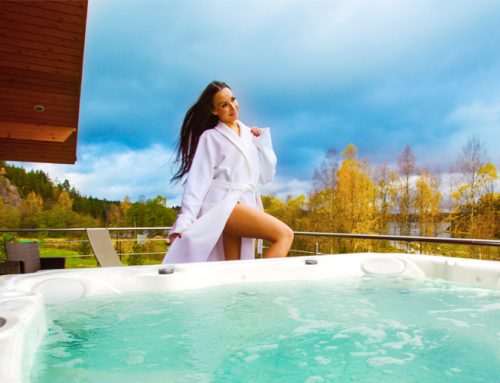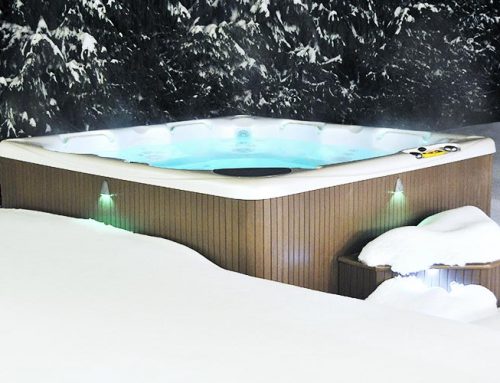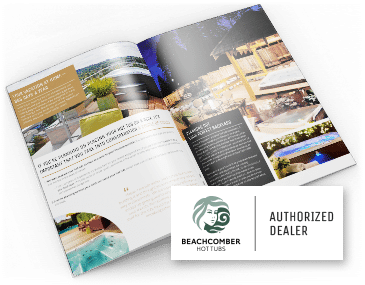Shocking your hot tub is a key to maintaining healthy water. It’s an extremely easy process, however it needs to be carried out in a very specific manner. The best time to shock your tub is after you’ve left the tub for a while or during a period of heavy use.
Shock chlorination is a process used in many swimming pools, water wells, springs, and other water sources to reduce the bacterial and algal residue in the water. Shock chlorination is performed by mixing a large amount of hypochlorite into the water. The hypochlorite can be in the form of a powder or a liquid such as chlorine bleach (solution of sodium hypochlorite or calcium hypochlorite in water) or another product.
There are a few important reasons to use shocking products in your hot tub:
Eliminate Bacteria that Causes Unhealthy Water
Shocking your water with chemicals will swiftly and easily kill the bacteria that accumulates in your hot tub water. By shocking your water, the bacteria is killed and filtered out of your tub.
Destroys Dangerous Organic Compounds
Being in your hot tub often means that you’re depositing a lot of organic compounds. This doesn’t necessarily mean that you’re dirty, all people have compounds and dead skin on their bodies and all of this comes off in the water. By shocking your water, you’ll eliminate all of these compounds.
Activates Other Chemicals
If you’ve chosen to use Bromine as your main water care system, you need to use a shocking product to help activate the chemicals and allow it to properly clean your water.
How to Shock your Hot Tub
Using shock products is easy, granted you fellow the below simple steps.
- Maintain pH levels between 7.4 and 7.6 before adding chemicals.
- Add the appropriate amount of chemical for the number of gallons in the tub.
- DO NOT put your cover over your hot tub after adding the chemicals. Give it about an hour to breathe.
What Products to Use
There are a ton of hot tub chemicals on the market. It’s important that you ask questions, and read reviews because some are lightly different than others.
Be sure to be aware of whether you want to want to run a chlorine or bromine chemical program. Both have their advantages and disadvantages, it’s just a matter of which you prefer.
Important Safety Note
Water that is being shock chlorinated should not be swam in until the sodium hypochlorite count in the water decreases to three parts per million (PPM) or until the calcium hypochlorite count decreases to 0.2 to 0.35 PPM.










Leave A Comment